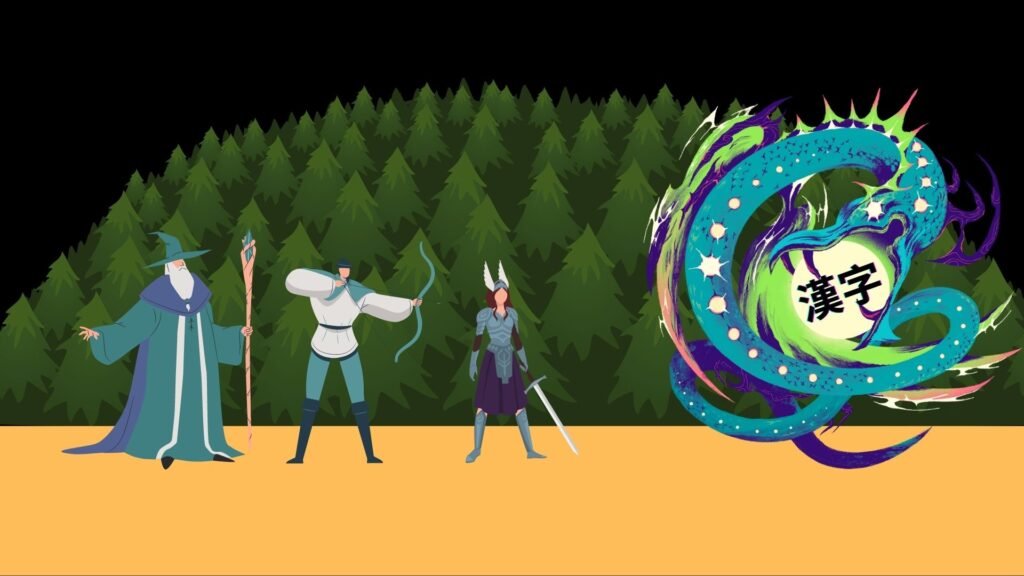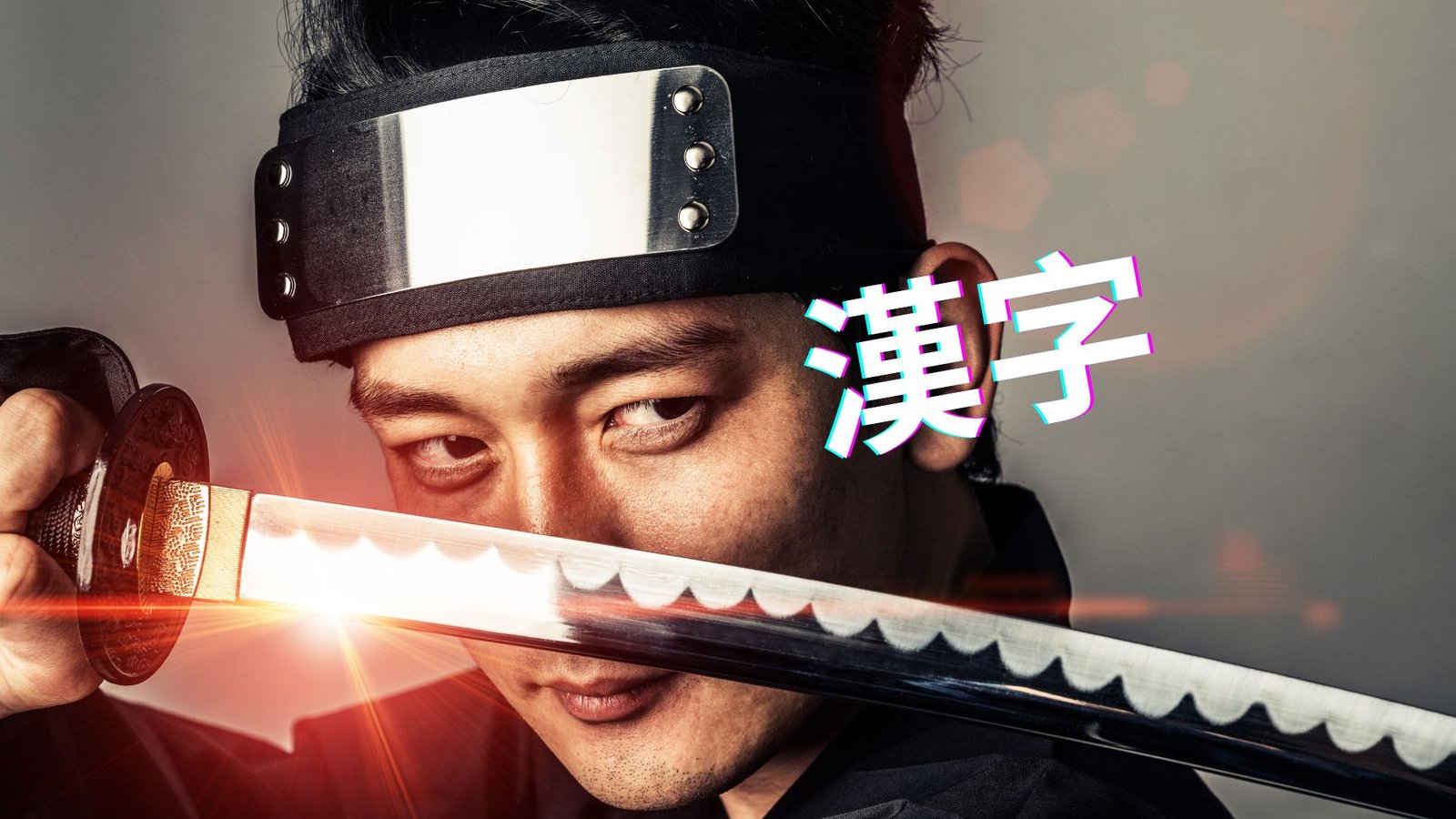-
 By Sudburyjapanese.com
By Sudburyjapanese.com
- August 17, 2023
- 0 Comments
- Posts
“Jōyō kanji” (常用漢字) refers to the list of kanji characters that are designated as “commonly used characters” in the Japanese writing system. These characters are officially recognized by the Japanese government as essential for everyday reading and writing. The current list consists of 2,136 characters. And while learning all 2,100+ jōyō kanji is a common long-term goal among students, understand that you don’t need to know all of them to see drastic improvements in your reading abilities.
For example, by the time you’ve mastered reading 100 kanji and vocabulary words that use those kanji, you’ll have become quite familiar with how they generally work to form words. Furthermore, if you find a way to reliably continue your efforts, you’ll realize how much of a difference learning 600 to 850 kanji makes in your ability to decipher Japanese script. (It’s huge.) And while some schools of thought disagree with the benefits of studying kanji in isolation overall, even if you don’t, many learners agree that after learning upwards of a thousand kanji, there is a perceptible decline in the return on investment.1
So instead of learning them all, let’s talk about methods you can use to learn your first 1 000 kanji.
“…understand that you don’t need to know all of them to see drastic improvements in your reading abilities.”
Method 1: The WaniKani Method
WaniKani is an online kanji and vocabulary learning platform created by Tofugu, a company focused on making the Japanese language and culture more accessible. WaniKani offers a structured and interactive approach to learning kanji and related vocabulary, incorporating several features to aid memorization and retention.2
Highlights
- A system tailored to your memory. WaniKani utilizes a spaced repetition system, which is a scientifically proven method that optimizes the timing of reviewing information based on individual learning patterns. As you learn new kanji and vocabulary, WaniKani presents them to you at specific intervals. This approach helps reinforce your memory by gradually increasing the time between reviews as your recall improves.
- Laying a solid foundation. WaniKani divides its content into three main phases: Radical, Kanji, and Vocabulary. In the Radical phase, you learn foundational components that make up more complex kanji characters. Once you’ve mastered these radicals, you move on to learning kanji characters. The Vocabulary phase follows, where you learn words that use the kanji you’ve studied. This structured progression ensures that you build a solid foundation before tackling more complex material.
- Story time. WaniKani provides mnemonic stories for each kanji character and vocabulary word. These stories are designed to be memorable and help you associate the character’s meaning and readings with a vivid mental image. The mnemonics often use creative and sometimes humorous associations to make the learning process engaging and effective.
- Game on. WaniKani operates on a leveling system, where you progress through different levels as you successfully master kanji and vocabulary items. New content is gradually introduced, ensuring a manageable and steady learning pace.
It’s important to note that WaniKani, like any learning tool, requires consistent practice and dedication to see meaningful progress. While it is effective for kanji and vocabulary memorization, it’s also advisable to complement your studies with other resources to develop well-rounded Japanese language skills, including reading, listening, and speaking.
Pros
+ uses radicals and mnemonics – proven effective
+ teaches you over 2,000 kanji and over 6,000 vocabulary words and their most common readings
+ provides access to a large community of learners
+ is pre-built
+ customizability with plugins
Cons
– most expensive option
– makes you learn additional radicals and kana
– does not teach you how to write kanji
– you cannot add your own custom flashcards
Method 2: Heisig’s Method (RTK)
The oldest method on this list, “Remembering the Kanji” is a book series written by James Heisig that offers a unique and mnemonic-based approach to help learners memorize and recognize the most important kanji characters used in the Japanese writing system. The approach emphasizes breaking down complex kanji characters into smaller, manageable components (known as “primitives” or “radicals”), which are used to construct more complex characters. By learning a relatively small set of these components and applying them across various characters, learners can tackle a large number of kanji characters more effectively.3
Highlights
- Keyword association. Each kanji character is associated with a simple English keyword that reflects one of its meanings. These keywords are often chosen based on the character’s shape and elements, rather than its actual usage in Japanese words. For example, the character 山 (mountain) might be associated with the keyword “mountain,” even though it can be part of many different Japanese words.
- Use your imagination. Heisig encourages learners to create memorable stories or mental images that incorporate both the keyword and the components of the kanji. These stories help establish a strong connection between the character’s visual appearance and its meaning. The stories can be imaginative and even absurd, as long as they aid in recall.
- Write it out. Learners are advised to practice writing the kanji characters from memory. This step helps reinforce the connection between the visual image, the keyword, and the character’s strokes. Regular writing practice helps consolidate memory and improves recognition and recall over time.
It’s important to note that Heisig’s method primarily focuses on memorizing the meanings and basic forms of kanji characters, rather than their readings or usage in words and sentences. While this approach can help build a foundation for recognizing and recalling kanji, it may need to be supplemented with further study of vocabulary and reading comprehension to fully master the language.
As with any language learning resource, individual results may vary, and it’s important to choose a method that aligns with your learning style and goals.
Pros
+ uses keywords and mnemonics – proven effective
+ inexpensive method
+ enables you to memorize the shapes and stroke order of kanji
(good for recall and handwriting)
Cons
– does not teach readings of kanji or vocabulary
– very manual, requires a lot of creativity from the learner
– pen and paper method
Method 3: The Anki Method
Anki is a popular spaced repetition software (SRS) that can be used effectively to memorize kanji characters and other language-related content. It’s a versatile tool that allows users to create their own flashcards and study materials. Here’s how people often use Anki to memorize kanji:
Highlights
- Create your own. Users can create their own digital flashcards, each featuring a kanji character on one side and its meaning, readings, and example words on the other side. Some may also include stroke order diagrams or mnemonic stories to aid memorization. Users can organize their flashcards into different decks based on themes, difficulty levels, or textbooks. Tags can be added to categorize cards further.
- Customizing Review Intervals. Anki’s SRS algorithm schedules reviews based on how well you remember each card. Cards you struggle with will be shown more frequently, while those you remember well will be shown less often. This optimizes retention and minimizes the time spent on reviewing.
- User-Generated Content. Anki allows users to benefit from shared decks created by others. You can search and download pre-made kanji decks from the Anki community, saving time in content creation. Some decks are very detailed as Anki allows users to add audio pronunciations of kanji readings or example sentences, helping with pronunciation and listening comprehension.
- It’s 100% free!
Remember that the effectiveness of using Anki to memorize kanji depends on your consistency, the quality of flashcards you create or use, and your dedication to regular review. It’s important to strike a balance between learning new material and reviewing older content to maintain long-term retention.
Pros
+ free and available on most devices
+ learn anything you want
+ tons of pre-made decks and community-created content
+ extremely versatile (use Anki to make your own flashcards)
Cons
– hard to setup
– not all decks are made equal (community-created content varies in quality)
– clunkier

So what are you waiting for? Pick one and go!*
*We are not sponsored by any of these companies. 🙂
Citations
1 Refold. (2021). Refold JP1K – Learn Kanji & Vocab at the Same Time. Retrieved August 16, 2023, from https://www.youtube.com/watch?v=53qKsYxVhoM.
2 Heisig, J. W. (2011). Remembering the kanji. University of Hawaii Press.
3 Tofugu. (n.d.). Learn Japanese: A ridiculously detailed guide. Tofugu. https://www.tofugu.com/learn-japanese/


